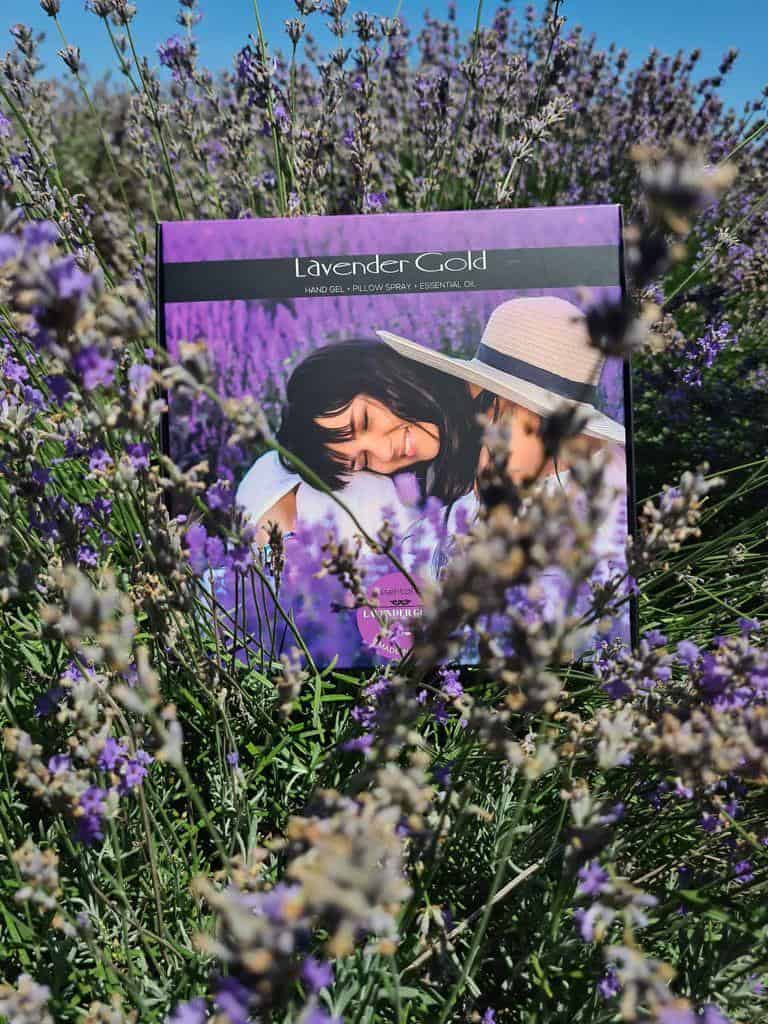Lavender Essential Oil and Aromatherapy: The Legacy of René-Maurice Gattefossé
Abstract: This paper explores the early beginnings of aromatherapy, focusing on the work of the French chemist René-Maurice Gattefossé, who is credited with coining the term in the 1920s. Lavender, one of the first essential oils to be used in this practice, is examined in depth. The historical context, chemical composition, and therapeutic applications of lavender essential oil are discussed, with reference to Gattefossé’s work and its influence on modern aromatherapy practices.

Introduction:
Aromatherapy, the practice of using essential oils extracted from plants to promote physical, emotional, and psychological well-being, has been used in various cultures for centuries (Ernst, 2000). In the 1920s, the French chemist René-Maurice Gattefossé (1881-1950) made significant contributions to the field and is credited with coining the term “aromatherapy” (Gattefossé & Tisserand, 1993). Gattefossé’s work on the lavender essential oil, in particular, has had a lasting impact on the practice of aromatherapy.

- Historical Context:
René-Maurice Gattefossé was a French chemist and perfumer whose work in the early 20th century laid the foundation for modern aromatherapy (Gattefossé & Tisserand, 1993). Gattefossé first became interested in the therapeutic properties of essential oils after a personal experience. In 1910, he accidentally burned his hand while working in his laboratory and applied lavender essential oil to the wound. The oil appeared to facilitate rapid healing and reduce scarring, sparking Gattefossé’s curiosity in the medicinal properties of essential oils (Gattefossé & Tisserand, 1993).

- Chemical Composition of Lavender Essential Oil:
Lavender essential oil is derived from the flowering tops of Lavandula angustifolia, a plant native to the Mediterranean region (Cavanagh & Wilkinson, 2002). The oil’s primary constituents include linalool, linalyl acetate, 1,8-cineole, and camphor, which are responsible for its characteristic fragrance and therapeutic properties (Cavanagh & Wilkinson, 2002). Gattefossé’s research on the chemical composition of lavender essential oil contributed to a better understanding of the oil’s healing potential (Gattefossé & Tisserand, 1993).

- Therapeutic Applications of Lavender Essential Oil:
Following Gattefossé’s initial discovery, research on lavender essential oil has identified numerous therapeutic applications. These include anti-inflammatory, analgesic, antimicrobial, and anxiolytic properties (Cavanagh & Wilkinson, 2002; Kasper et al., 2010). Gattefossé’s work laid the groundwork for further investigation into the use of lavender essential oil for conditions such as anxiety, depression, insomnia, and skin conditions like burns and wounds (Gattefossé & Tisserand, 1993).

- Gattefossé’s Legacy and the Modern Aromatherapy Movement:
Gattefossé’s work not only played a significant role in establishing the therapeutic potential of lavender essential oil but also paved the way for the broader field of aromatherapy. His book, “Aromathérapie: Les Huiles Essentielles Hormones Végétales” (1937), remains a cornerstone of aromatherapy literature (Gattefossé &

Tisserand, 1993). Gattefossé’s research inspired other scientists, such as Jean Valnet and Marguerite Maury, to further investigate the therapeutic applications of essential oils (Valnet, 1980; Maury, 1961). The modern aromatherapy movement has since expanded, with numerous practitioners and researchers continuing to explore the potential benefits of essential oils.
- Conclusion:
René-Maurice Gattefossé’s pioneering work in the 1920s significantly contributed to the development and understanding of aromatherapy, particularly in relation to lavender essential oil. His research on the chemical composition and therapeutic applications of lavender oil laid the groundwork for subsequent studies and the broader field of aromatherapy. Today, Gattefossé’s legacy lives on as the practice of aromatherapy continues to evolve, with lavender essential oil remaining one of its most popular and well-studied components.
References:
Cavanagh, H. M. A., & Wilkinson, J. M. (2002). Biological activities of lavender essential oil. Phytotherapy Research, 16(4), 301-308.
Ernst, E. (2000). The role of complementary and alternative medicine. British Medical Journal, 321(7269), 1133-1135.
Gattefossé, R. M., & Tisserand, R. (1993). Gattefossé’s aromatherapy: The first book on aromatherapy. CW Daniel Company.
Kasper, S., Gastpar, M., Müller, W. E., Volz, H. P., Möller, H. J., Dienel, A., & Schlafke, S. (2010). Silexan, an orally administered Lavandula oil preparation, is effective in the treatment of ‘subsyndromal’ anxiety disorder: a randomized, double-blind, placebo-controlled trial. International Clinical Psychopharmacology, 25(5), 277-287.
Maury, M. (1961). The Secret of Life and Youth. C.W. Daniel Company.
Valnet, J. (1980). The practice of aromatherapy. C.W. Daniel Company.

